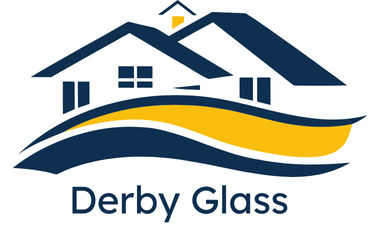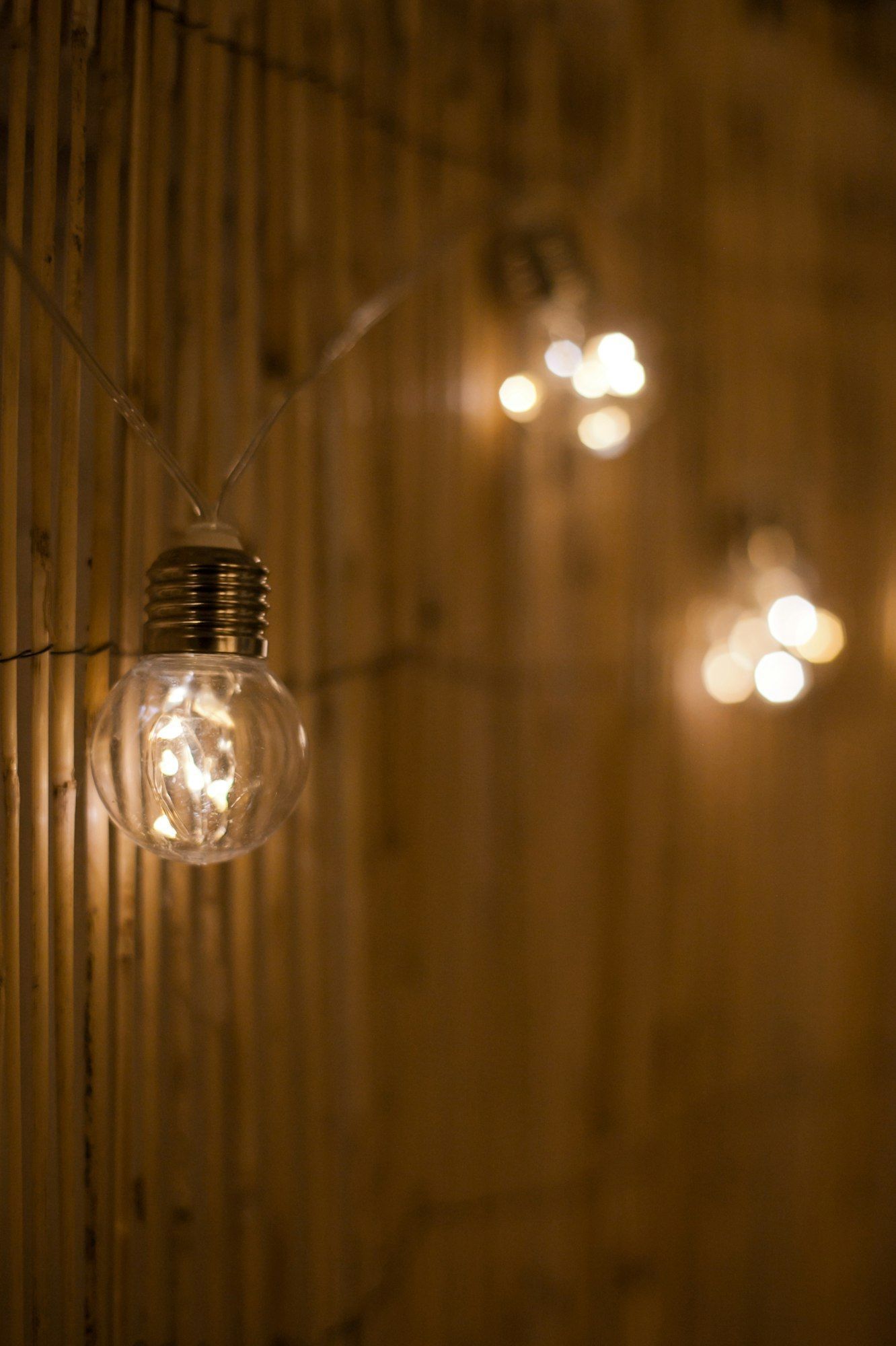Lighting, as an essential element of interior design, shapes the mood and vibe of a room. With LED lights gaining popularity for their energy efficiency and versatility, it’s time to review how they can be used to create a warm, inviting ambiance in your living room. This comprehensive guide will provide you with a host of ideas to make the best use of LED lighting, from strip lights to color-changing bulbs.
Choosing the Right LED Lights
Before diving into the world of LED lights, it’s crucial to understand the variety available and how to choose the right one for your space. Ensure you consider the colour, brightness, and purpose of the light before making a decision.
Cela peut vous intéresser : What’s the best approach to decluttering a UK home without sacrificing style?
LED lights come in various forms, including strips, bulbs, and even panels. These lights emit a bright, focused light ideal for tasks requiring precision or to highlight specific areas of a room. For a more ambient, relaxing atmosphere, opt for LED bulbs that emit a warm white light.
Another variety is RGB LEDs, which can change color according to your mood or the vibe you want to create. These lights often come with a remote control, allowing you to switch the light’s color, intensity, and even add a rhythm to your lighting.
En parallèle : Discover the best large insulated water bottles for your adventures
Don’t forget to review the energy rating of the LED lights you’re eyeing. A credit to their name, LED lights are energy-efficient and can help you save on your electricity bills.
Making a Statement with LED Strip Lights
LED strip lights are flexible lighting solutions that can be stuck onto any surface. They come in different colors, making them perfect for creating ambient lighting and highlighting the architectural features of your living room.
To make the best use of strip lights, line them along the edges of your ceiling or around window frames. This will create a soft glow that adds depth to your room. For a more dramatic effect, you could also use LED strips to backlight your television or artwork pieces.
With the right placement, LED strip lights can create a warm, inviting atmosphere in your living room while highlighting the room’s best features. Just make sure the color of the light complements the overall color scheme of your room to create a cohesive look.
Incorporating Color-Changing LED Lights
Color-changing LED lights, also known as RGB LEDs, offer a fun and creative way to add ambience to your living room. These lights can shift through a spectrum of colors, allowing you to change the mood of your room with a simple push of a button.
To use RGB LEDs effectively, consider pairing them with other light sources. For instance, use warm white light for general illumination and add RGB LEDs to create accents and highlights. You can also sync the color-changing lights with your music or television to create a dynamic, immersive experience.
Remember, while RGB LEDs can create a fun, dynamic atmosphere, they might not be suitable for every occasion. Therefore, it’s best to install these lights alongside more traditional lighting options to ensure versatility.
Optimizing LED Lighting for your Living Room
Now that you have some ideas on how to use LED lights in your living room, you need to consider how to optimize them for your specific space. The size, layout, and design of your living room will play a significant role in determining the type and placement of LED lights.
For large living rooms, consider using a combination of LED strip lights and bulbs to create a layered lighting effect. The strip lights can be used to highlight architectural features, while the bulbs provide overall illumination.
If your living room has a lot of artwork or unique features, use LED spotlights to draw attention to these elements. Alternatively, if your living room is small or has a minimalist design, a few well-placed LED bulbs should suffice to create a warm, inviting atmosphere.
Final Thoughts
LED lights, with their versatility and energy efficiency, offer a great way to enhance the ambiance of your living room. Whether it’s through strip lights, color-changing bulbs, or a combination of both, there’s no limit to the possibilities when it comes to creating a warm, inviting space with LEDs. Remember, the key is to choose the right type of light for your space, use it effectively, and pair it with other lighting sources to create a layered, dynamic effect. With these tips in mind, you’re ready to transform your living room into a cozy, inviting space using LED lighting.
Tailoring LED Lighting to Specific Tasks in Living Room
The versatility of LED lights extends beyond creating an ambiance; it can also be utilised for specific task lighting. Task lighting is essential for activities like reading, crafting, or any task that requires focused lighting.
For instance, if you enjoy reading in your living room, consider installing an LED reading lamp with a warm white colour temperature. This type of light has a welcoming glow that is perfect for a cosy reading nook. You could also use adjustable LED strips to create a focused light on your bookshelves.
On the other hand, if you have a workspace in your living room, you might opt for strip lights or LED panels that emit a cool white light. This type of light closely mimics natural daylight, which can help reduce eye strain and improve productivity.
Additionally, LED lights can also be used to highlight elements in your living room. For example, if you have a beautiful painting or sculpture, you could use LED spotlights to draw attention to it. Just remember to choose a colour temperature that complements the artwork.
To summarise, LED lighting can be adapted to meet specific tasks in your living room. Whether it’s reading, working, or showcasing artwork, there’s an LED light that is perfect for the job.
When to Use Soft and Bright LED Lights in Your Living Room
When it comes to LED lighting, it’s not just about the type of light but also about its brightness. The brightness of an LED light is measured in lumens, and it’s important to choose the right level of brightness for your living room lighting.
Soft, or low lumen lights, create a gentle and ambient lighting perfect for relaxing or entertaining. They can also be used to create a romantic atmosphere or a calm evening vibe. These lights are best used in areas of the living room where a soft glow is desired, such as around a fireplace or a cosy corner.
High lumen LED lights, on the other hand, are excellent for task lighting or to highlight specific features of a room. They emit a bright light that can be used to draw attention to particular areas or objects, such as a piece of artwork or a feature wall.
In conclusion, to create a balanced lighting scheme in your living room, it’s advisable to combine both soft and bright LED lights. This will allow you to create a flexible lighting scheme that can be adjusted to suit different moods and occasions.
Conclusion
Incorporating LED lighting in your living room can significantly enhance its ambiance. From LED strip lights that add depth and dimension, to color-changing LED lights that add fun and dynamism, the possibilities are endless. Remember, the key is understanding how to properly use each type of LED light and finding the perfect balance between ambient, task, and accent lighting. By taking into consideration the layout of your living room and the activities you perform there, you can optimise LED lighting to create a warm and inviting atmosphere. Whether you’re simply relaxing or entertaining guests, the right LED lighting can transform your living room into a comfortable and attractive space.











